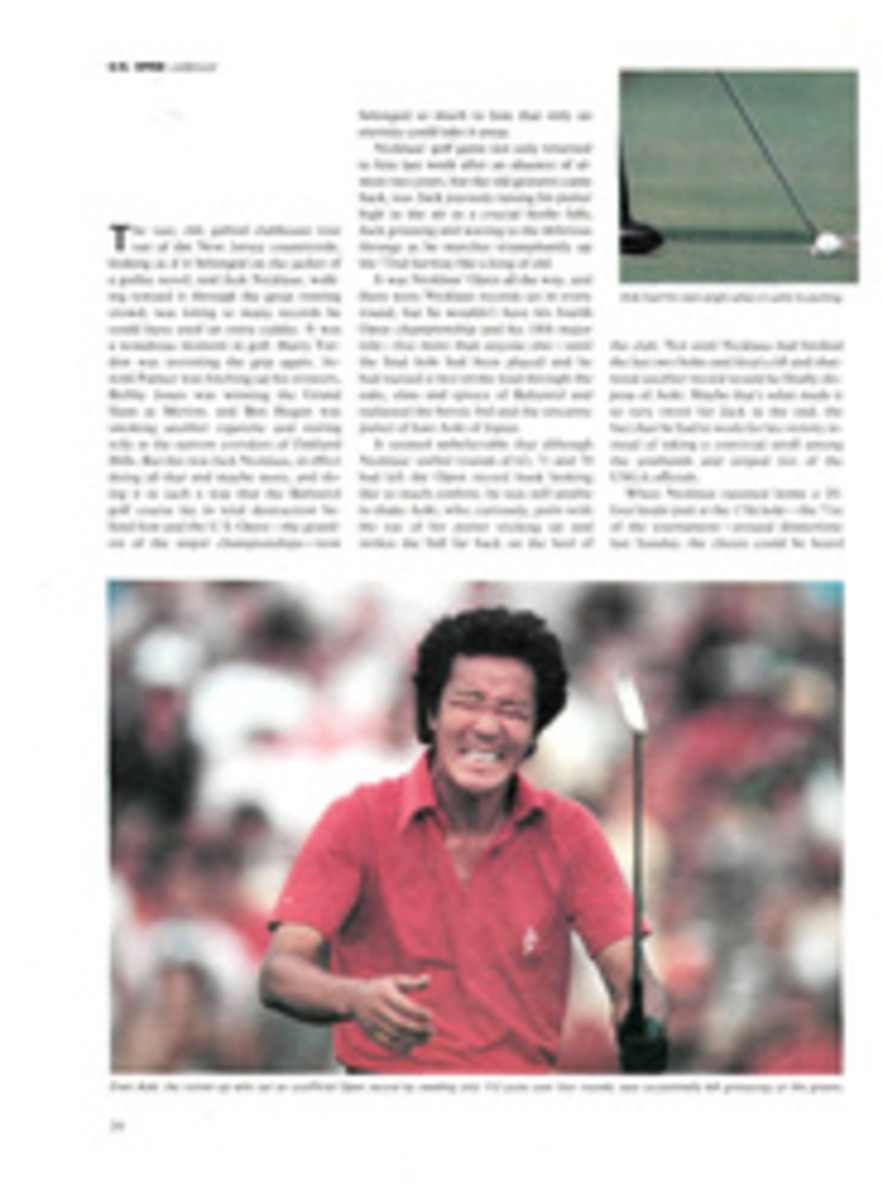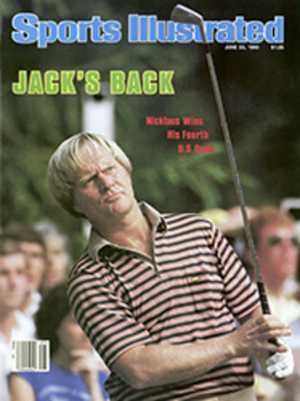
IT HAPPENED ONLY ONCE IN BASEBALL HISTORY—AND OH WHAT A GAME IT WAS
Since organized baseball began, 104 years ago, there have been 191 no-hitters, some by pitchers as famous as Walter Johnson, Johnny Vander Meer and Sandy Koufax, and some by men as obscure as Weldon Henley, Ernie Koob and Don Nottebart. But in all that time there has been only one double no-hitter for nine full innings. On the bitterly cold afternoon of May 2, 1917, 3,500 spectators came out to Chicago's Weeghman Park to see what promised to be no more than a routine game between the Cubs and the Reds. What they got was a slice of history as Chicago's Jim (Hippo) Vaughn and Fred Toney of Cincinnati pitched sublimely.
Vaughn, a 6'4", 215-pound Texan, had won 21, 19 and 17 games in the preceding years, and his fastball kept him among the league's strikeout leaders. Toney, a big man himself at 6'1", 195 pounds, had a deceptive change-up that complemented an assortment of hard-thrown stuff. He was the Reds' most effective pitcher, but his greatest achievement had come in the minor leagues, where he had thrown a 17-inning no-hitter on May 10, 1909, pitching the Winchester, Ky. team to a 1-0 victory over Lexington in the old Blue Grass League.
Now Vaughn, a lefty, faced a Redleg lineup consisting entirely of righthanded batters. He retired nine before allowing a leadoff walk to Heinie Groh in the fourth inning. Groh was quickly disposed of when Shortstop Larry Kopf hit into a double play. Greasy Neale, better known later as head football coach of the Philadelphia Eagles, reached base on an error but was thrown out trying to steal second.
In the fifth Vaughn struck out "Prince" Hal Chase, the legendary Jim Thorpe and Second Baseman Dave Shean in order. He also fanned Manuel Cueto, the first man up in the sixth. Vaughn let only one other Red reach base in nine innings, Gus Getz drawing a leadoff walk in the seventh. Getz was batting for Groh, who had been thrown out for too strenuously contesting two called strikes. Getz was erased when Kopf grounded into another double play. Vaughn struck out four of the next seven men, and after nine innings the big Cub had faced the minimum 27 batters, striking out 10.
But the righthanded Toney was just as penurious. Only Centerfielder Fred (Cy) Williams reached base. Pitching cautiously to the powerful Williams, Toney walked him in the second and again in the fifth. Williams advanced a base on a ground ball in the second but was stranded. In the fifth Shean intentionally dropped Dutch Wilson's pop, in an attempt at a double play, but could only force Williams. Wilson died on first when Neale made a fine running catch of Third Baseman Charley Deal's long fly. Toney retired the last nine batters, and the nine-inning classic was complete.
But there had to be a winner and a loser, and the 10th inning provided both. Getz led off by popping to Wilson, the catcher, but the next batter, Kopf, hit a line-drive single to rightfield. Neale lofted a fly to Williams in center for the second out, and Chase lined another to the same spot for what should have been the third out. But Williams dropped the ball and Kopf sped to third. To the plate strode Thorpe, the former Carlisle Indian football star and 1912 Olympic decathlon and pentathlon gold medal winner, a road-trip replacement in the outfield for Edd Roush. Thorpe's mighty swing produced a difficult bouncer toward third. As the pitcher rushed for the ball, Kopf hesitated, then dashed for the plate. Realizing that Thorpe's magnificent speed would carry him to first ahead of the throw, Vaughn elected to go to the plate.
Wilson, thinking the play was at first, was stunned when Vaughn's throw hit him in the chest protector and bounced away. Kopf was in with the run, and Thorpe was safe on first. The annoyed Vaughn shouted to his catcher, "Are you going to let him score, too?" as Chase, who had stolen second, rounded third and headed for home. Wilson recovered his composure as well as the ball and managed to tag the sliding Chase for the third out.
Toney still had his no-hitter to preserve in the bottom of the inning. First up was Second Baseman Larry Doyle, who had led the National League with a .320 average in 1915 But Doyle was now looking back at better years, and Toney struck him out. First Baseman Fred Merkle had gone out meekly three times, but in the 10th he smashed a Toney pitch toward the barrier in left-field. Cueto backed up against the fence and caught it, the hardest hit off Toney all day. Two out, and the dangerous Williams stepped to the plate. He took the first two pitches, both outside. The next two caught corners, and the count was even. Williams fouled off the next two deliveries. After the second, which Williams banged down the leftfield line, Umpire Albert Orth inexplicably failed to discard the ball and returned it to play. Toney drooled when he saw a large scuff mark on it. As Arthur Daley of The New York Times wrote years later, the scuff added a "dipsy-do" that couldn't have been better if Toney had "used a penknife on the ball." Trying to shave the corner with his next pitch, Toney missed and the count was 3-2. Then he uncorked a sidearm curve, let physics take its course, and Williams swung wildly for the final out. Altogether Toney won 24 games that year, including an iron-man performance on July 1; he pitched both games of a doubleheader against the Pittsburgh Pirates and won both on three-hitters, 4-1 and 5-1.
Toney slumped badly in 1918 after running afoul of the draft laws, which prevented him from joining the Reds until the season was under way. Traded to John McGraw's New York Giants, Toney regained his form in 1919, winning 15 and losing six, and in 1920 he had a 21-11 mark. He followed that with an 18-11 record in 1921 as the Giants won the pennant. Toney left the big leagues after the 1923 season, when he was with the St. Louis Cardinals, and returned to his hometown of Nashville, where he pitched with the minor league Vols part of the 1925 season.
Vaughn finished the 1917 season with 23 wins, and after three more good years shocked the Cubs by accepting a $50,000, five-year contract to pitch for the Fairbanks-Morse Fairies semipro team of Beloit, Wis. Some reports at the time said Vaughn wanted to pursue a career in diesel engineering. Others said his arm hurt and he just wanted to go fishing. Not until he was 47 years old did Vaughn retire. He died in Chicago in 1966 at the age of 78.
Fred Toney, who had retired from a job as a Nashville court officer, died in 1953 at age 65.

